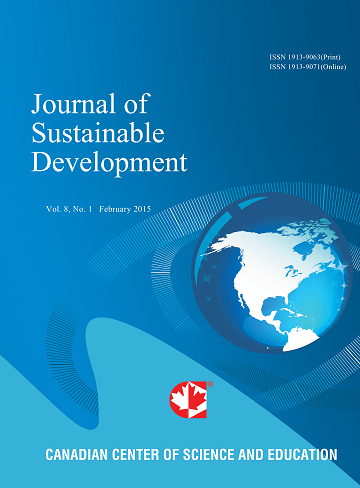Building a Greener Future: The Compelling Sustainability Case for Mass Timber Construction
- Azzeddine Oudjehane
- Jasir Hamad
Abstract
The global construction industry is a major contributor to carbon emissions and resource depletion, necessitating the urgent adoption of sustainable building practices. This paper presents a compelling case for mass timber construction (MTC) as a viable and environmentally superior alternative to traditional materials like concrete and steel. We explore mass timber's pivotal role in climate change mitigation, focusing on its ability to sequester atmospheric carbon in structures and its significantly lower embodied carbon footprint compared to conventional building materials. Furthermore, we examine how an expanding mass timber market can incentivize and support sustainable forest management practices, leading to healthier forests and a robust supply chain.
To provide a quantitative analysis of these benefits, this study utilizes the Canada Wood Council (CWC) Carbon Calculator to model the carbon footprint of a five-story residential building. Our findings demonstrate that replacing conventional materials with mass timber results in a substantial reduction of greenhouse gas emissions. Specifically, the analysis reveals a total carbon benefit of 283 metric tons of CO2e, equivalent to the annual emissions from 61 passenger cars or the energy consumption of 34 homes. We also clarify the nuances of the CWC calculator, explaining how its assumptions influence the "avoided GHG emissions" data and reinforcing the overall positive impact of the mass timber design.
Beyond the quantifiable environmental benefits, the paper addresses key challenges to widespread MTC adoption, including issues of cost, fire safety, and supply chain logistics. We argue that through continued technological advancements, policy support, and growing industry experience, these barriers can be overcome. By presenting a comprehensive overview of mass timber's environmental, economic, and social advantages, this paper concludes that MTC is not merely a niche trend but a critical component of the transition toward a more circular and regenerative bioeconomy that significantly reduces the construction industry’s environmental footprint.
- Full Text:
 PDF
PDF
- DOI:10.5539/jsd.v18n6p12
Journal Metrics
Index
- Academic Journals Database
- ACNP
- AGRICOLA
- ANVUR (Italian National Agency for the Evaluation of Universities and Research Institutes)
- Berkeley Library
- CAB Abstracts
- CNKI Scholar
- COPAC
- CrossRef
- DTU Library
- EBSCOhost
- Elektronische Zeitschriftenbibliothek (EZB)
- EuroPub Database
- Excellence in Research for Australia (ERA)
- Genamics JournalSeek
- GETIT@YALE (Yale University Library)
- Ghent University Library
- Google Scholar
- Harvard Library
- INDEX ISLAMICUS
- Infotrieve
- Jisc Library Hub Discover
- JournalGuide
- JournalTOCs
- LOCKSS
- Max Planck Institutes
- MIAR
- Mir@bel
- NewJour
- Norwegian Centre for Research Data (NSD)
- Open J-Gate
- PKP Open Archives Harvester
- Pollution Abstracts
- Publons
- Pubmed journal list
- RePEc
- ROAD
- SafetyLit
- Scilit
- SHERPA/RoMEO
- Standard Periodical Directory
- Stanford Libraries
- UCR Library
- Ulrich's
- UniCat
- Universe Digital Library
- UoS Library
- WJCI Report
- WorldCat
- WorldWideScience
- Zeitschriften Daten Bank (ZDB)
Contact
- Sherry SunEditorial Assistant
- jsd@ccsenet.org
